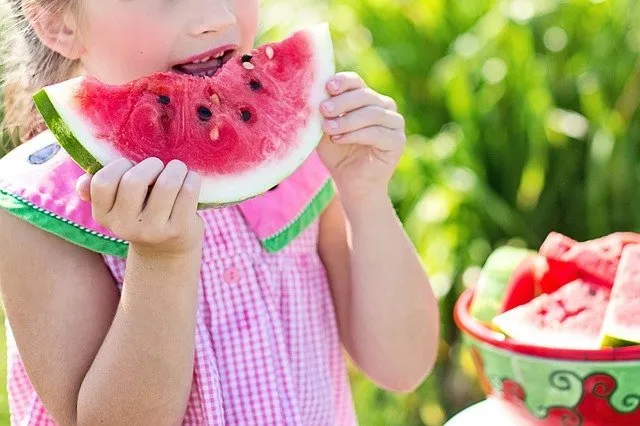
Keeping the body hydrated throughout the day is essential for human health, since water is essential for the proper functioning of our cells. In the case of children, the intake of fluids and the consumption of foods that promote hydration is even more relevant. “It is well established that a child's nutrition and hydration play an important role in growth, development and overall health throughout life. In addition, fluids are important, since the cells of our body depend on them to function normally and eliminate waste.
Studies show that insufficient water intake can lead to mood swings, fatigue, cognitive decline, and even severe cases of delirium and coma. Dehydration can affect anyone, but infants and children are particularly susceptible as their metabolic needs are higher.
The child's need for water varies according to his age. See the references in the table below.

How much water does a child need?
Studies show that insufficient water consumption can cause mood swings, fatigue, cognitive impairments and even lead to severe cases of delirium and coma. Dehydration can affect anyone, but babies and children are particularly more susceptible, as their metabolic needs are greater, says the nutritionist. She recalls that children do not always recognize that they are thirsty and, if they are not encouraged and remembered, they can forget to drink water. In addition, they are quite active and have a higher surface-to-mass ratio than adults - at birth, a baby's body consists of an average of 75% fluid and older children have 60% of the body weight of fluid.
Also read: Poor nutrition in childhood can leave children up to 20 cm lower
The child's need for water varies according to his age. See references in the table below.
How much water does a child need?
In addition to drinks, many fruits and vegetables should be part of the children's diet, due to the large amount of water that these foods have. Consuming them, especially during hot weather, when the body loses more fluid and electrolytes, helps maintain hydration levels and is also a way of providing nutrients and fiber . Adriana recalls that fibers play an important role in preventing obesity , which affects about 9% of children between 5 and 10 years of age. In this same age group, about 16% are overweight, according to the Ministry of Health.
Below are some essential hydration foods that should always be present in children's meals. Below, find out what are the signs that may indicate child dehydration and check the nutritionist's suggestions for children who don't like water.
Also read: 7 foods that help children have better digestion
🌾Foods that promote hydration
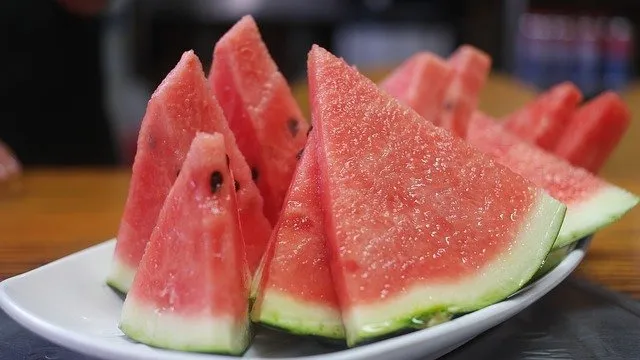
Watermelon -
92% of this fruit is made up of water. It is one of the foods that most helps with hydration and, in addition to water, contains fiber and nutrients, including vitamin C, A and magnesium.
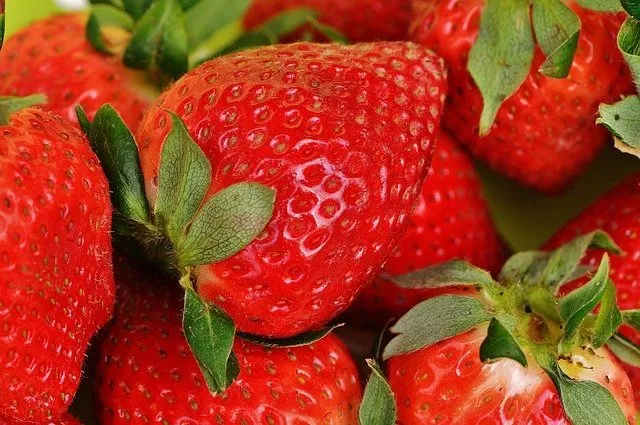
Strawberry -
contains 91% water. It is a source of nutritious compounds, such as sugars, vitamins, flavonoids, anthocyanins and phenolic acids. All of these compounds have a synergistic and cumulative effect on health promotion and disease prevention.
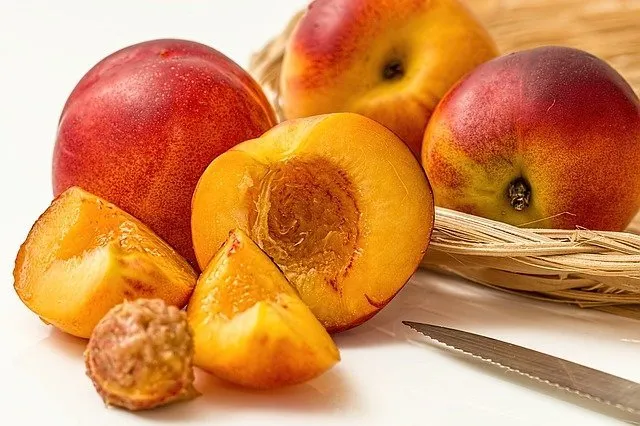
Melon -
90% water. Joints (water and fiber) help to increase satiety.
Peach -
90% water. They also provide important vitamins and minerals, such as A, C, B, potassium and antioxidants.
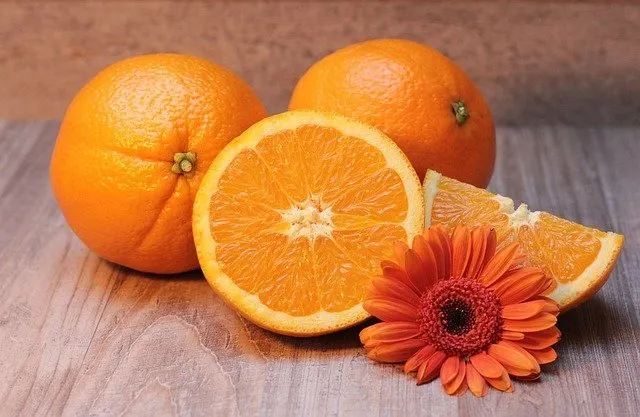
Orange -
88% water. Oranges are healthy and provide water, fiber, which promote satiety, vitamin C, important for the immune system, antioxidants, which help fight disease, and potassium, which acts to protect against hypertension.
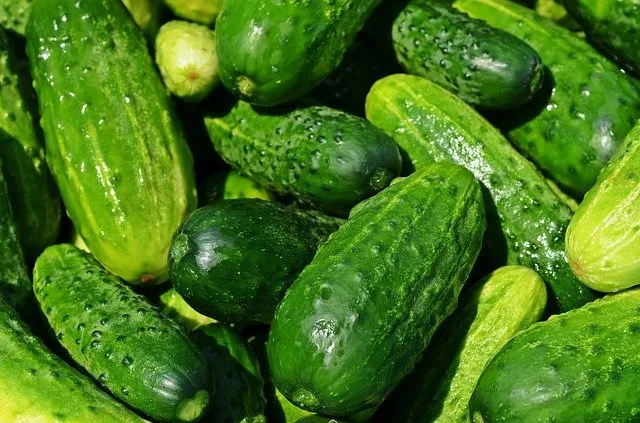
Cucumber -
95% water. Low in calories, this vegetable provides a small amount of nutrients like vitamin K, potassium and magnesium.
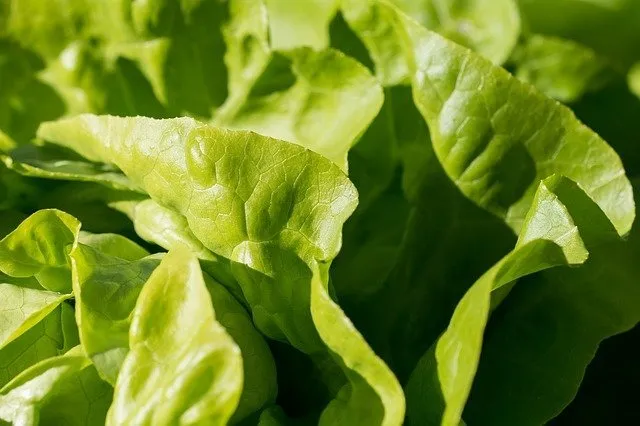
Lettuce -
96% water. It is rich in vitamins K and A, both important for maintaining bone health and a
healthyimmune system.
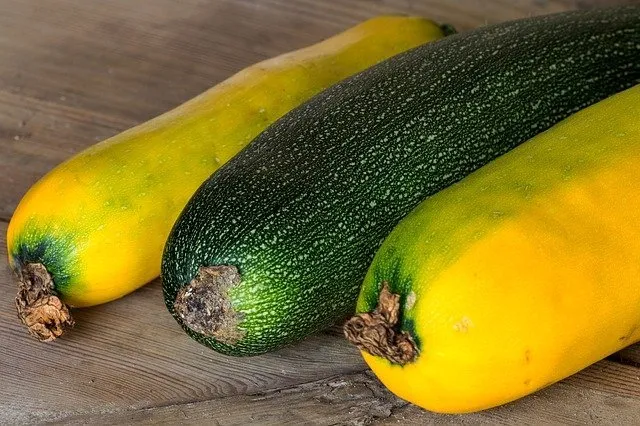
Zucchini -
94% water. In addition to water and fiber, zucchini contains vitamin C and brings several benefits to the body, including: reducing the severity of allergic reactions, fighting infections, healing wounds and maintaining healthy gums. In addition, it is essential for the development and maintenance of connective tissues.
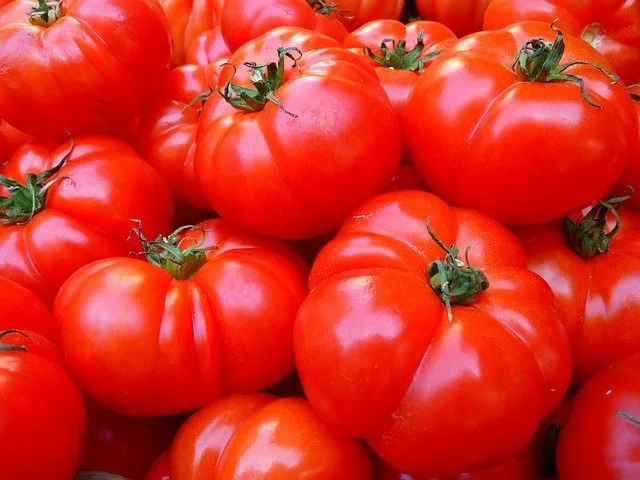
Tomatoes -
94% water. This food provides a significant amount of vitamins and minerals, including A and C, fiber and some antioxidants, such as lycopene.
_ Also read: 6 out of 10 children resist trying new foods, see how parents can help _
Check out some tips to help hydrate children:
✅Send a bottle of water to the school
✅Always keep a bottle of water frozen in the summer
✅Encourage hydration before, during and after physical activity
✅Always offer water between meals (breakfast, snacks, lunch). Avoid offering too much water at night so as not to impair sleep.
✅Encourage your child to drink water, even if they don't like it
✅Offer water several times a day
Guidelines for children who do not like drinking water :
✅Add slices of fruit like lemon or orange
✅Let your child choose their own glass or bottle
✅Be an example, drink water with the child
Melons, watermelons, oranges, strawberries are some fruits with a high water content that can contribute to fluid intake
✅Avoid soft drinks and sugary drinks. Water is the best choice to keep children hydrated throughout the day. Water contains no extra calories and life is essential.
Stay tuned!
These are some signs that the child is not well hydrated:
✅Long bathroom breaks
✅Dry diapers for a long time
✅Headaches
✅Lack of concentration
✅Excessive thirst
✅Cracked lips
✅Dry mouth
✅Cold
✅Lethargy
✅Dark pee
